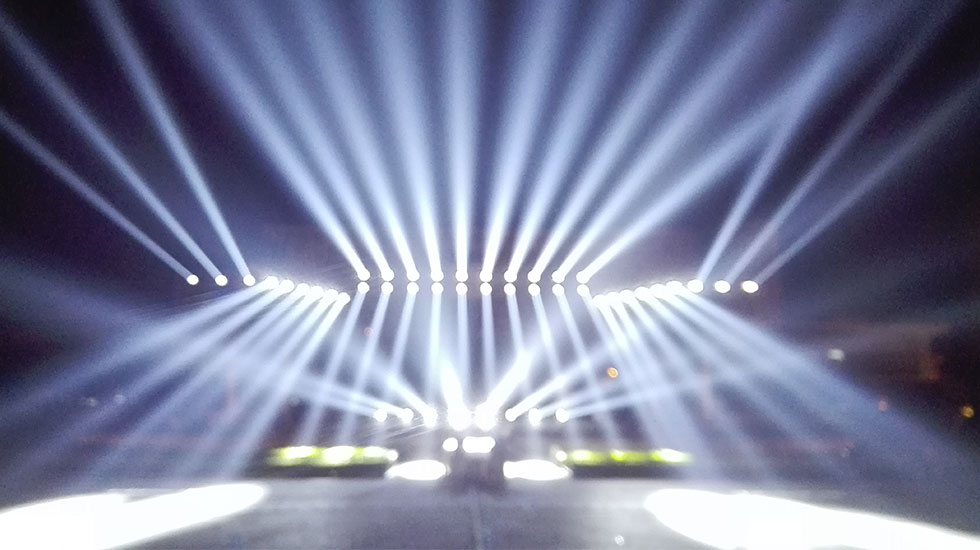When choosing stage lights, you need to consider factors such as actual application scenarios, budget, and stage design requirements. Stage lights are an extremely important part of stage performances, activities, or theaters, and their lighting effects can greatly affect the atmosphere and visual effects of the performance. The following are the key points for choosing stage lights:
1. Clarify the application scenario
Determine the type and quantity of stage lights required based on the nature of the performance or activity:
2. Choose the type of lamp
Different types of lamps have different functions and characteristics. When purchasing, you should choose according to the actual stage needs:
3. Light source selection
4. Color control ability
The color expression of stage lights is one of the keys to determine the visual effect. High-quality stage lights usually have the following characteristics:
5. Beam angle
Different beam angles are suitable for different lighting needs:
6. Dimmable and color-adjusting functions
The dimming and color-adjusting functions of stage lights can dynamically adjust the intensity and color of light according to the needs of the performance. High-quality stage lights usually support the following functions:
7. Heat dissipation and durability of lamps
The heat dissipation performance is directly related to the service life and performance stability of stage lights. High-quality stage lamps should have good heat dissipation design to ensure stable light output during long-term use and avoid damage to lamps due to overheating.
8. Control system
Stage lights usually need to be used in conjunction with a console. Choosing lamps that support mainstream DMX control protocols can seamlessly connect with the stage control system for centralized control. Modern stage lamps sometimes also support remote control and automated programming.
9. Brand and quality
Choosing stage lamps from well-known brands can ensure higher product quality and more complete after-sales service.
10. Budget and cost-effectiveness
The price of stage lighting ranges from a few hundred yuan to tens of thousands of yuan. When purchasing, you should consider the cost-effectiveness comprehensively. High-end lighting performs better in terms of light effect, color adjustment, dimming, heat dissipation, etc., and is suitable for large-scale performances and complex scenes; while mid- and low-end lighting is suitable for small stages or simple performances with limited budgets.
Summary:
When purchasing stage lights, you should choose the appropriate type of lighting according to the performance type, stage requirements and budget, and pay attention to the lighting effect, dimming and color adjustment capabilities, durability and brand reputation of the lighting.
